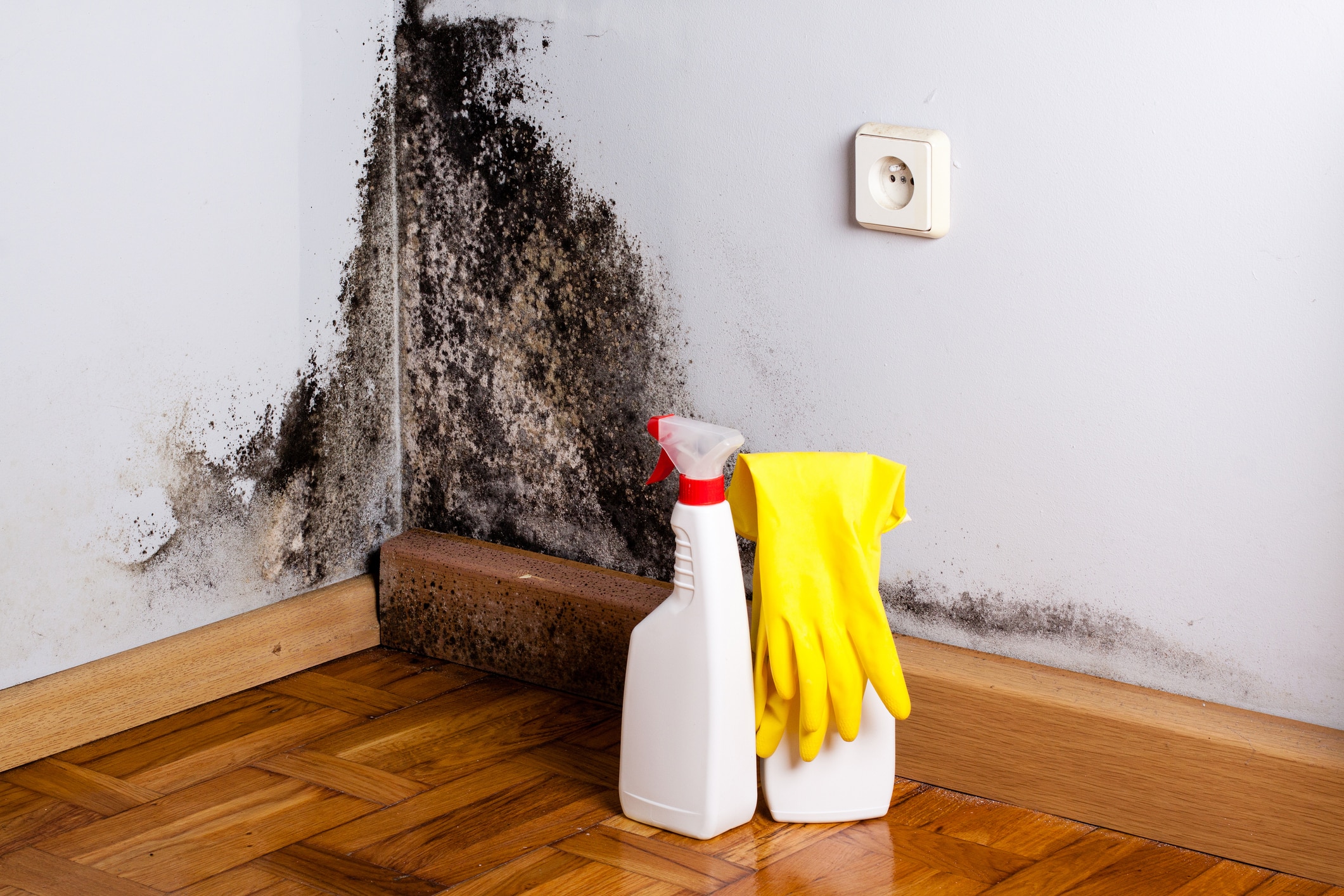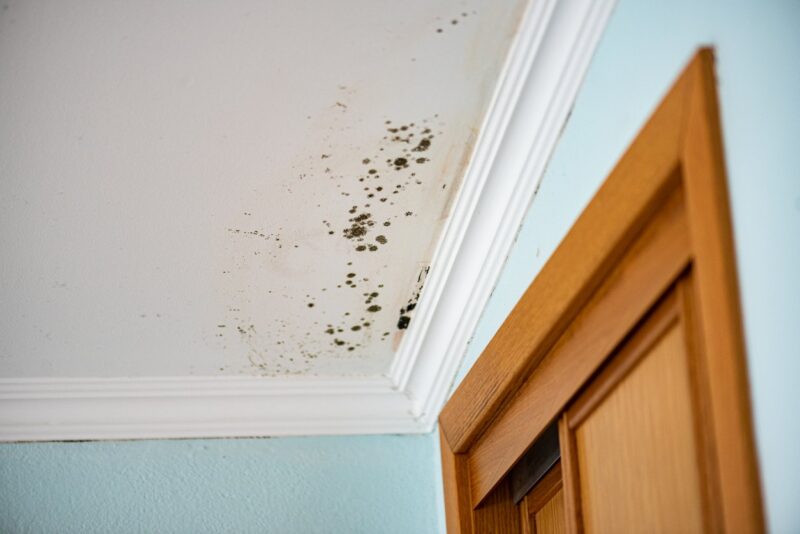Water damage can infiltrate our lives with alarming suddenness, leaving behind a trail of chaos and potential disaster. Its not just about the immediate threat of soaked carpets and drenched walls; the real menace lies in what happens next.
Mold, that insidious intruder, thrives in damp environments. Its spores can spread rapidly, creating not only unsightly patches but also serious health risks for those who inhabit the space.
Understanding how to address water damage effectively is essential, but prevention is key to safeguarding your home and well-being. In this guide, we will explore practical steps to mitigate water damage and deter mold growth, offering a lifeline to restore order in the aftermath of a water crisis.
Whether you’re facing a burst pipe, flooding, or a leaky roof, knowledge is your best ally in this fight against water’s unwelcome consequences.
To effectively prevent mold growth, it’s crucial to address moisture issues at their source. This often involves ensuring that your home’s roofing and basement systems are in top condition. For those in need of professional assistance, Roofers Marietta can provide expert solutions to safeguard your home against water intrusion.
By maintaining a dry and well-ventilated environment, you can significantly reduce the risk of mold development. Regular inspections and timely repairs are essential in keeping your home mold-free, as even minor leaks can lead to significant problems if left unchecked. Prioritizing these preventative measures will help maintain a healthy living space and protect your property investment.
Immediate Steps to Take After Water Damage
Immediately after experiencing water damage, swift action is essential to mitigate loss and prevent mold growth. First, ensure your safety by turning off the electricity in affected areas and wearing protective gear if necessary.
Next, begin the daunting task of removing standing water—using pumps and wet vacuums will speed up this process. Once the water is cleared, focus on drying out the space; open windows for ventilation, use fans, and if possible, deploy dehumidifiers to reduce moisture levels in the air. Don’t overlook materials that can trap moisture, such as carpets and upholstered furniture; these should be removed or dried thoroughly.
As you work, listen closely for hidden pockets of water—like within walls or under floors—because detecting these areas early can prevent a minor issue from becoming a major mold infestation. Finally, document the damage for insurance claims, and consult with a professional if the situation seems beyond your control.
Taking these immediate steps will lay the groundwork for recovery and help protect your home from the complications that water damage can bring.
Drying and Cleaning Affected Areas

Once the water has been identified and contained, the pivotal next step is to dry and clean the affected areas thoroughly. Start by removing any standing water using pumps or wet/dry vacuums; this is crucial because lingering moisture can lead to extensive damage and swift mold proliferation.
After the bulk of water is extracted, open windows, turn on fans, and utilize dehumidifiers to hasten the drying process. Remember, some materials absorb water more readily than others—carpets, drywall, and insulation can trap moisture, giving mold a perfect breeding ground.
Disinfect surfaces with specialized cleaning solutions after they\’ve dried, ensuring that you eliminate any microorganisms left behind. Don’t overlook the nooks and crannies; mold spores can hide in the most unexpected places.
With a keen eye and a relentless approach, you can minimize the risk of mold taking hold and safeguard your home from the cascading effects of water damage.
Assessing Damage to Property
Assessing damage to property after a water incident is a critical first step in combating both immediate risks and long-term mold growth. Begin by meticulously inspecting all affected areas, from the ceilings to the floors, noting any visible signs of deterioration, discoloration, or warping.
Water can infiltrate various materials differently, so consider the nuances: drywall may crumble under pressure, while wood can swell and distort. Don’t overlook the hidden spaces—behind cabinets, within walls, or under carpets—where moisture can linger undetected, creating a ripe environment for mold spores to flourish.
Furthermore, take an inventory of personal belongings that may have been affected. Document everything with photographs for insurance purposes, as this record will prove invaluable when seeking repairs or replacements.
As you process this damage, balance urgency with thoroughness; addressing the situation promptly is vital, yet overlooking even minor details can lead to larger, more expensive complications down the road.
Conclusion

In conclusion, addressing water damage promptly and effectively is crucial in preventing mold growth and safeguarding your home. By understanding the steps needed for immediate response, such as thorough drying and cleaning, you can significantly reduce the risk of mold infestation.
Additionally, implementing preventive measures, including regular maintenance and humidity control, will create an environment less conducive to mold development. For those experiencing ongoing issues or seeking peace of mind, enlisting the services of professionals for mold inspection in St. Petersburg, FL, can provide a comprehensive assessment and tailored solutions. Taking action now not only protects your property but also promotes a healthier living space for you and your family.


